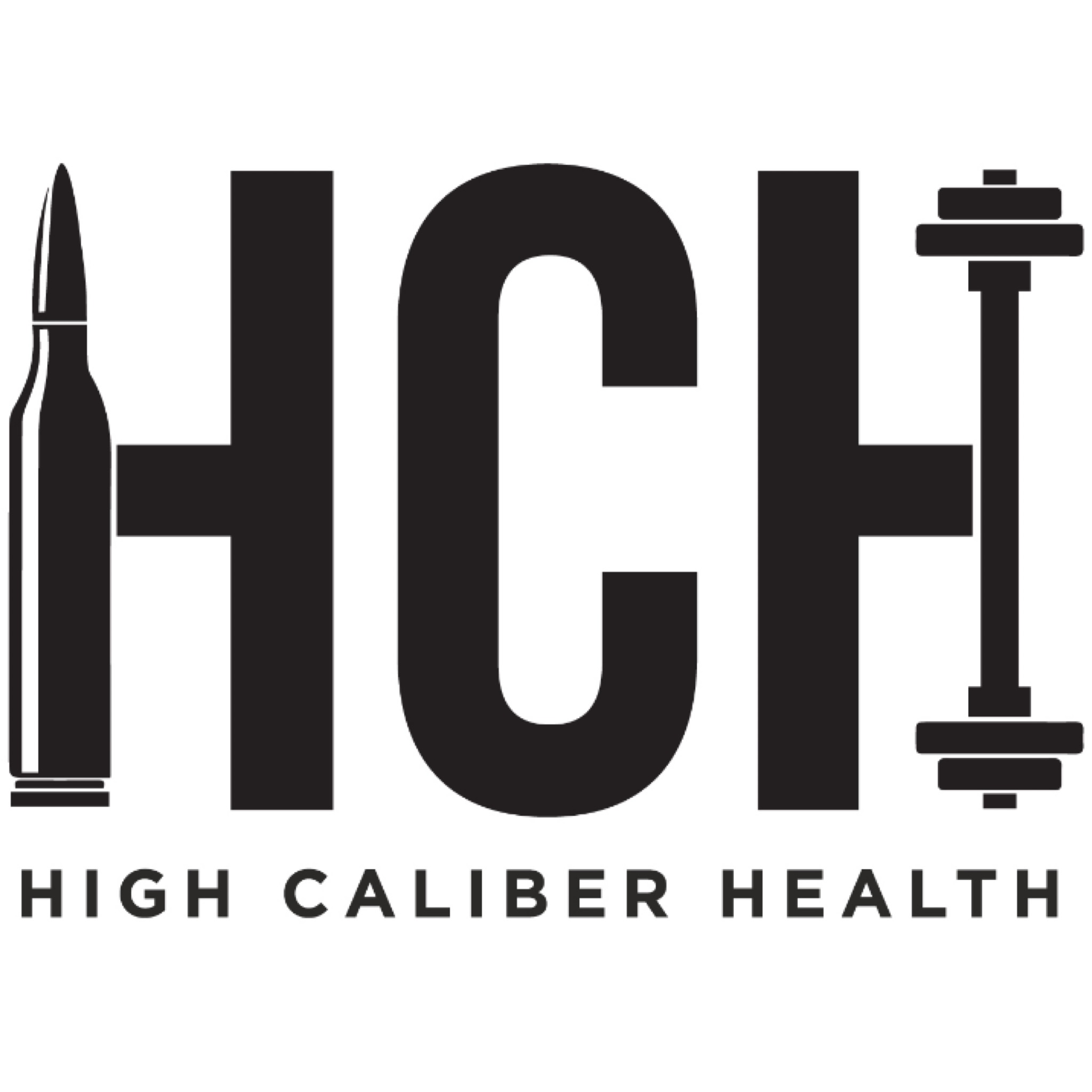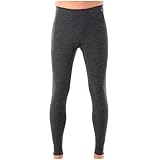IntroductionHunting is more than just a hobby;...

Best Posture for Archery
Best Posture for Archery
Introduction
Welcome to our guide on achieving the best posture for archery. In the world of archery, where precision and consistency are paramount, mastering the art of proper posture is more than just a matter of form – it’s a crucial component of success.
Whether you’re a seasoned archer honing your skills or a beginner eager to learn, understanding the intricate interplay between your lumbar spine’s positioning and abdominal bracing is key to unlocking your full potential.
In this article, we’ll look into the fundamentals of spinal alignment and the importance of abdominal bracing. By maintaining a neutral spine and engaging the core muscles effectively, you’ll not only enhance your accuracy but also safeguard yourself against potential injuries.
Whether your sights are set on the bullseye or you find yourself perched in a tree stand, adopting the right posture isn’t just about improving your performance – it’s about ensuring your safety in every shot you take.
Let’s start the journey to better archery posture!
Understanding Spinal Positioning
By understanding the importance of lumbar spine positioning in archery and practicing proper alignment techniques, archers can improve their stability, accuracy, and overall performance while reducing the risk of injury.
1. Natural Position of the Spine
The spine is built for providing the framework for our body and protecting the spinal cord. The natural curve of the lumbar spine, also known as lordosis, refers to the inward curvature of the lower back.
The lumbar spine is connected to our pelvis through the sacrum, known to some as the tailbone. Movements at this level of the spine consist primarily of flexion and extension. Tightness or excessive positioning in any one direction can impede our success with archery.
Maintaining the natural curve of the lumbar spine is crucial for stability and power generation. When the spine is in its neutral position, the muscles surrounding it are optimally engaged, allowing for better control and accuracy in shooting.
2. Hyperextension of the Lumbar Spine
Hyperextension in the lumbar spine occurs when the lower back arches excessively, causing the pelvis to tilt forward and the spine to deviate from its natural curvature.
This positioning leads to increased strain and tension on the muscles and ligaments supporting the spine, increasing the risk of injury. Furthermore, hyperextension of the lumbar spine can compromise stability and accuracy, as the body’s alignment becomes compromised.
Hyperextension, or an anteriorly tilted pelvis, can also cause symptoms of lumbar stenosis, such as radiating pain into the legs while standing. If you’re experiencing back or leg pain while shooting a bow, then it may be a good idea to assess the positioning of your lumbar spine.
in this photo, i am demonstrating excessive
lumbar extension, or hyperextension, which leads
to an anteriorly rotated pelvis with
poor abdominal bracing.
3. Maintain a Neutral Spine while Shooting
Maintaining a neutral spine during archery is achieved by:
1. Identifying abnormal positioning,
2. Understanding how to perform an anterior and posterior pelvic tilt to find your neutral position,
3. Performing abdominal bracing exercises while maintaining a neutral pelvis, and lastly
4. Shooting while bracing and maintaining a neutral pelvis.
The best piece of advice I have for archers is to film their shooting form and technique in order to identify whether or not their spine is in an abnormal position.
Abdominal bracing, pelvic tilts, and postural awareness can help improve the alignment and positioning of the lumbar spine while shooting a bow and arrow.
A neutral spine ensures proper alignment of the body, allowing for efficient transfer of energy from the lower body to the upper body during the shooting process.
To achieve and maintain a neutral spine in archery, archers should focus on:
-
- Aligning the hips, shoulders, and head in a straight line.
- Engaging the core muscles to support the lower back.
- Avoiding excessive arching or rounding of the lower back during shooting.
Abdominal Bracing Techniques
By mastering abdominal bracing techniques and incorporating them into your archery practice, you can enhance your stability, accuracy, and overall performance while minimizing the risk of injury.
Sometimes you may have to take a step back and practice the abdominal bracing techniques while laying on the floor. Once you understand this movement then you can do this while standing and, finally, while shooting your bow and arrow.
Remember to focus on maintaining proper bracing throughout the shooting process to maximize the benefits of this technique.
What is Abdominal Bracing?
Abdominal bracing is a technique used to stabilize the spine by engaging the deep core muscles of the abdomen. Muscles involved in abdominal bracing can include the diaphragm, pelvic floor, transverse abdominis, and multifidus muscles.
Performing these correct abdominal bracing techniques during archery can maximize accuracy by reducing pin float and reduce the risk of injury.
AVOID these while performing abdominal bracing:
-
- Holding your breath,
- Sucking in,
- Rounding your back,
- Overstraining.
Engage the Core Muscles for Abdominal Bracing
To engage the core muscles effectively for proper bracing in archery, start by standing with your feet shoulder-width apart as if you were shooting a bow. Take a deep breath in through your nose, then exhale out of your mouth and draw your belly button towards your spine, activating the muscles of your abdomen. Just when you feel that you are out of air, exhale a little more. This will activate all of those deep core muscles.
You can also do this while laying on your back with your knees bent and feet on the floor. I recommend starting in this position if you have a hard time feeling that deep core activation while standing.
I cue a lot of my clients to feel as if they’re pulling their lower ribs down towards their belt buckle as they exhale. Once you get this feeling, then you can apply this during target practice, and eventually in-the-moment next event or hunt.
This banded deadbug exercise in the video below is a great anti-extension exercise for archers.
Maintaining Abdominal Bracing throughout the Shooting Process
Maintaining abdominal bracing throughout the shooting process is essential for consistent performance and injury prevention in archery. As you draw the bowstring, continue to engage your core muscles to stabilize your spine and maintain proper alignment.
Once you master the abdominal bracing technique – you will likely have to practice holding this position while performing slow and controlled breathing, as if you were shooting a bow.
Avoid holding your breath while shooting. Doing so can lead to increased tension in your body, which may cause excessive pin float and reduce accuracy.
Keep your abdominal muscles activated as you release the arrow and follow through with your shot. This consistent bracing helps to transfer power efficiently from your lower body to your upper body, resulting in improved accuracy and reduced strain on your spine.
Does Posture Affect Archery Accuracy?
Improved Accuracy with Neutral Spine
Proper spinal positioning and abdominal bracing play a crucial role in enhancing accuracy in archery. When your spine is in a neutral position and your core muscles are engaged through abdominal bracing, your body forms a stable and balanced foundation for shooting.
This stability minimizes unnecessary movement and sway, allowing you to maintain a consistent and controlled shooting posture. As a result, your aim becomes more precise, and your shots are more likely to hit the target consistently.
Better Aiming and Consistency
A stable spine is essential for maintaining consistent aim and shooting accuracy in archery. When your spine is properly aligned and supported by engaged core muscles, your upper body remains steady throughout the shooting process.
This steadiness reduces the potential for erratic movements or shifts in aim, resulting in improved consistency in your shooting technique. With a stable spine, you can maintain a consistent anchor point and release, leading to more predictable arrow flight and better overall accuracy in hitting your target.
Managing Injury Risk While Shooting a Bow
Abnormal spinal positioning, poor abdominal bracing, and the repetitive nature of shooting a bow can eventually lead to aches and pains. As with any sport, it’s important to focus on proper form and technique to reduce the risk of injury.
Although many of us consider archery as a hobby, it is important to practice appropriate form and technique, as well as training our bodies to handle the stresses of shooting a bow and arrow.
Hyperextension Injuries of the Lumbar Spine
Poor posture in archery, particularly hyperextension in the lumbar spine, can lead to various injuries. Common injuries include strains and sprains in the lower back, as well as discomfort and stiffness due to overexertion of the spine muscles.
Hyperextension increases the pressure on the spinal discs and surrounding tissues, making archers susceptible to chronic back pain and injuries over time. Nerve irritation, muscle strains, and muscle spasms are a few injuries that I see in archers.
Decrease Injury Risk with Abdominal Bracing
Maintaining proper posture and engaging in abdominal bracing can significantly reduce the risk of injuries associated with poor posture in archery.
By keeping the spine in a neutral position and supporting it with engaged core muscles, archers distribute the load evenly across the spine, reducing strain on specific areas such as the lumbar spine.
This promotes better spinal alignment and minimizes the risk of hyperextension-related injuries.
Tips for Preventing Overuse Injuries in Archery
Preventing overuse injuries in archery involves practicing proper technique and implementing preventive measures. Archers should focus on maintaining a balanced training regimen that includes strength training and flexibility exercises to support their archery practice.
Additionally, incorporating rest days into their training schedule allows for adequate recovery and prevents overuse of specific muscle groups. It’s also essential to listen to your body and address any discomfort or pain promptly to prevent the development of chronic injuries.
Conclusion
In this comprehensive guide, we’ve explored the essential aspects of achieving the best posture for archery. We’ve discussed the importance of proper lumbar spinal positioning and proper abdominal bracing to enhance accuracy, prevent injuries, and ensure safety, especially in challenging scenarios like shooting from a tree stand.
By prioritizing lumbar spinal alignment and core stability through abdominal bracing, archers can significantly improve their accuracy and reduce the risk of common injuries associated with poor posture in archery.
It’s important to remember that practicing and maintaining proper posture is not just about form – it’s a crucial component of archery success. By incorporating the techniques and tips shared in this article into your archery practice, you can elevate your performance and ensure your safety on the archery range or in the field.
So, whether you’re a seasoned archer honing your skills or a beginner eager to learn, remember to focus on spinal positioning, engage in abdominal bracing, and implement the tips provided for improved performance and safety in your archery practice. By doing so, you’ll be well on your way to mastering the art of archery with proper posture.
Stay moving!

About the Author
Taylor Kuhlmann, PT, DPT, CSCS
Taylor Kuhlmann is a licensed physical therapist in Kansas and a certified strength and conditioning specialist accredited by the National Strength and Conditioning Association.
As the founder of High Caliber Health, Taylor has a passion for guiding hunters and outdoor enthusiasts, focusing on enhancing their overall health and wellness to enable them to experience the outdoors with reduced pain and enhanced performance.




















































































































